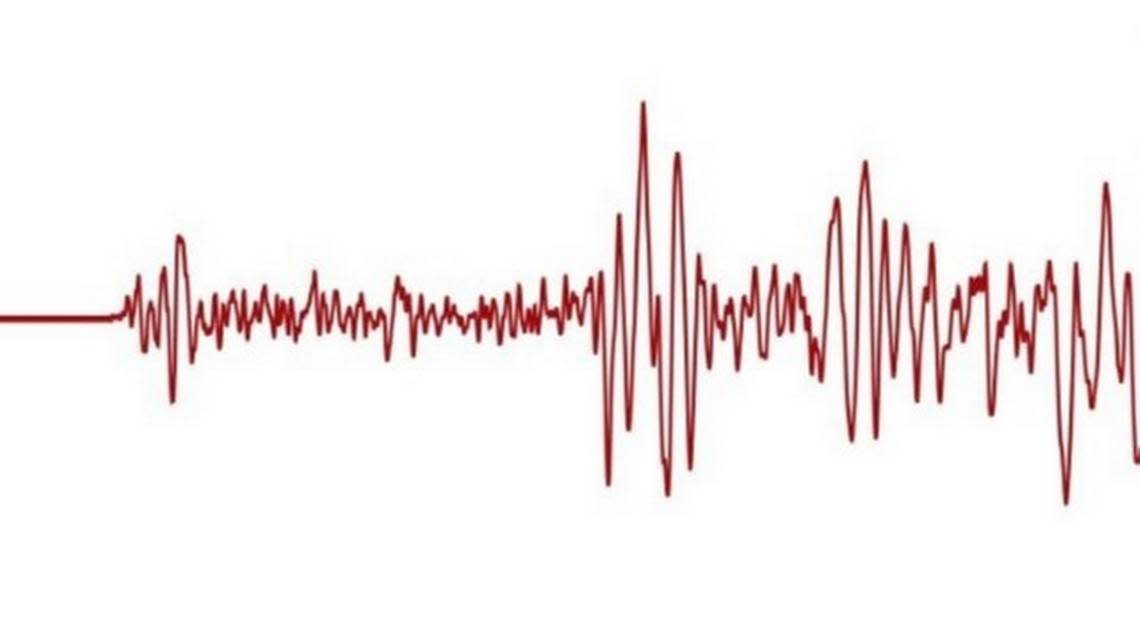Multiple earthquakes shake Columbia area, marking strongest ones felt in years

The strongest earthquakes to hit central South Carolina in years rattled the area Wednesday, shaking some places for up to 10 seconds and raising more questions about what’s causing them.
The short answer is that geologists aren’t sure why the quakes are happening, but they say the number of temblors since late December is unusual.
The United States Geological Survey confirmed that a magnitude 3.5 earthquake shook parts of the Midlands just before 3 p.m. Wednesday. The earthquake was centered 3 miles east of Elgin, at 2:43 p.m.
Another quake — this one measuring 3.6 in magnitude — was recorded about 7:00 p.m. Wednesday. That quake occurred just under 4 miles east of Elgin, a small community on the northeastern outskirts of Columbia.
The shaking was felt in downtown Columbia and as far west as Aiken County, according to initial reports. Several small aftershocks occurred after the 7 p.m. earthquake.
The quakes occurred about three days after an earthquake with a magnitude of 3.4 also was recorded in Elgin.
The afternoon quake Wednesday was initially recorded as a magnitude 3.33, but was subsequently revised up to 3.5, according to the S.C. Emergency Management Division.
About 14 minutes later, a second, smaller “after-shock” shook the Midlands as well, according to the S.C. Emergency Management Division. That 2.06 quake was centered in the same area and registered at 2:57 p.m. A second aftershock reaching nearly 1.9 magnitude happened at about 4 p.m.
Wednesday’s largest quakes were the most powerful to hit the Palmetto State since a 4.1 magnitude earthquake struck McCormick County in 2014.
Those were not the only record breaking seismic events in June. An earthquake in Georgia on June 18 was felt in South Carolina and reached 3.9 magnitude.
Most earthquakes don’t cause noticeable damage until they reach a magnitude of 5. Below that people may feel shaking or hear loud booms or other similar noises.
There have been no reports of damage of buildings from the quakes, authorities said.
“The shaking reported has not been at intensities that typically lead to damage,’’ the U.S. Geological Survey said.
But the quakes, beginning Wednesday afternoon, were clearly felt in the Midlands. Social media lit up with reports of the shaking.
State Geologist Scott Howard, who is with the S.C. Department of Natural Resources, said agency staff noticed the afternoon quake at the department’s office off Broad River Road in Columbia. An earthquake of Wednesday’s afternoon’s magnitude “can rumble for a good 10 to 15 seconds,’’ he said.
“We felt it out here. It went for at least five to eight seconds, maybe 10 seconds,’’ Howard said.
Geologists remain unsure why so many earthquakes have been recorded in the past year in the Midlands, but they are studying the cause, Howard said. Some theories have centered on whether blasting from mines or seepage from lakes was triggering the quakes, but geologists have been skeptical of that.
Regardless, more small earthquakes would not be surprising, he said. But geologists don’t expect them to be of substantially larger intensity because of where they are occurring.
“This is a continuing story,’’ Howard said.
Geologists say it is not unusual for South Carolina to experience earthquakes of the size felt recently, but the number of quakes since late last year is unusual. The U.S. Geological Survey said a sequence of small quakes started Dec. 27, 2021, with a 3.3 magnitude quake near Lugoff and Elgin.
Since that time, there have been about 40 earthquakes, ranging in intensity from 1.3 to 3.6, the geological survey reports. Five of the earthquakes exceeded 3.0 and “were widely felt,’’ the survey said on its website. The earthquakes were at relatively shallow depths, the survey said.
Smaller earthquakes are sometimes more noticeable in the eastern United States. Shaking from eastern quakes “extends greater distances from the epicenter’’ than earthquakes of the same size in the western United States, the survey reports.
Editor Maayan Schechter and reporters Holly Poag and Bristow Marchant contributed. This story has been updated to include Wednesday night’s seismic activity.

